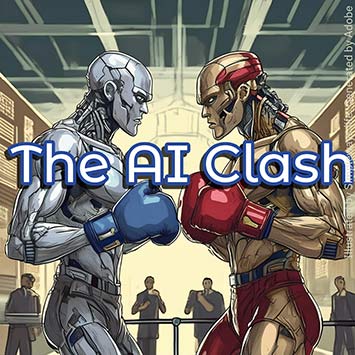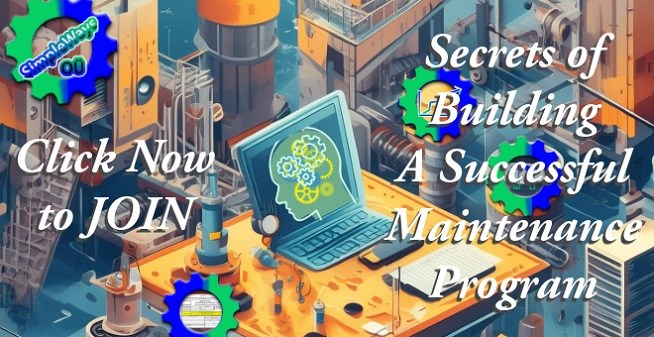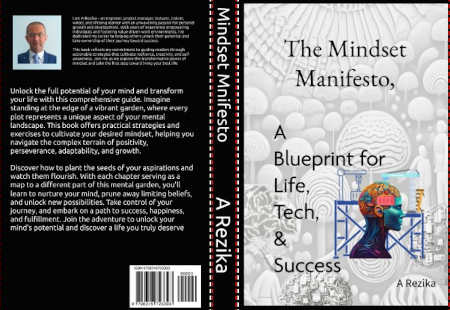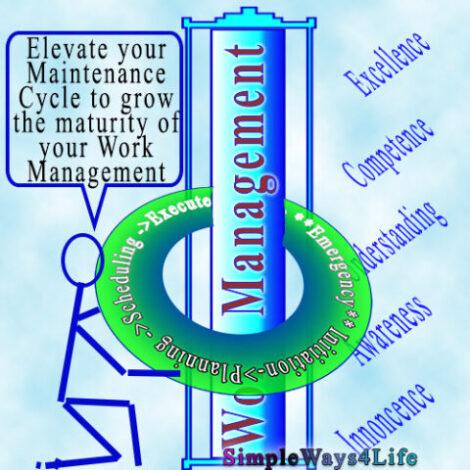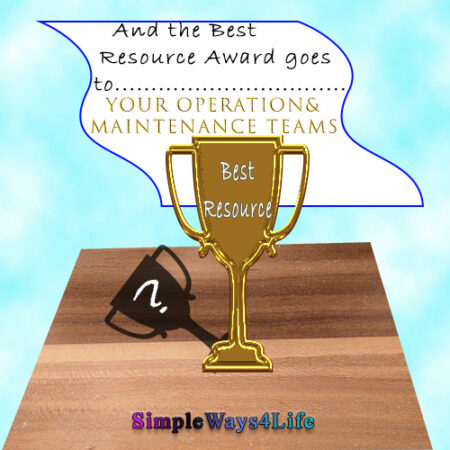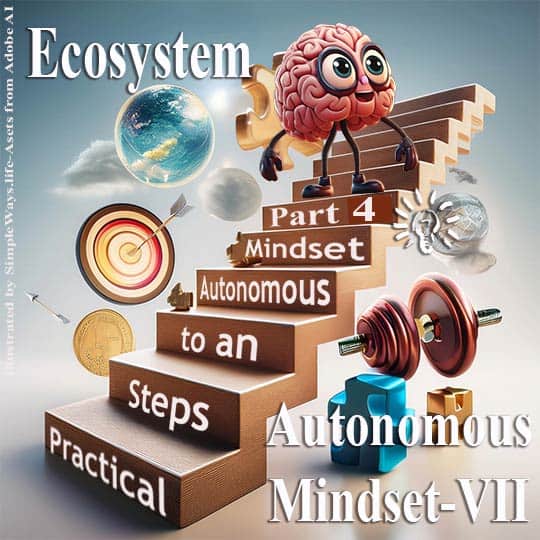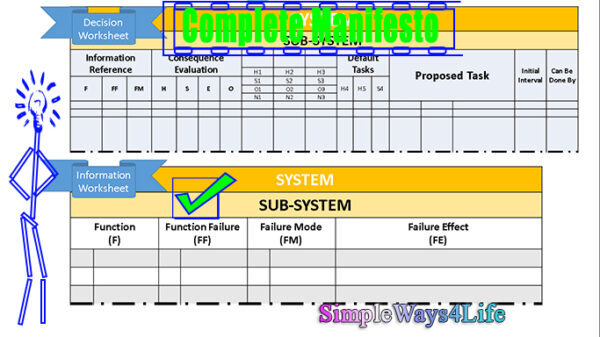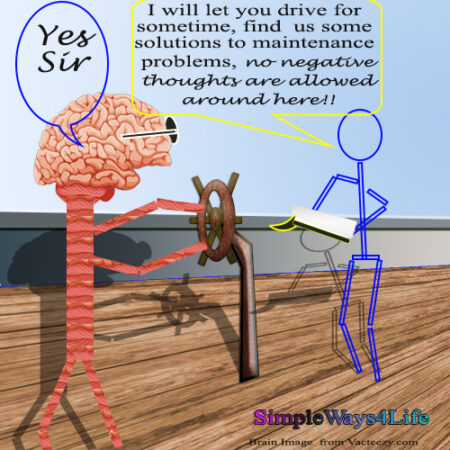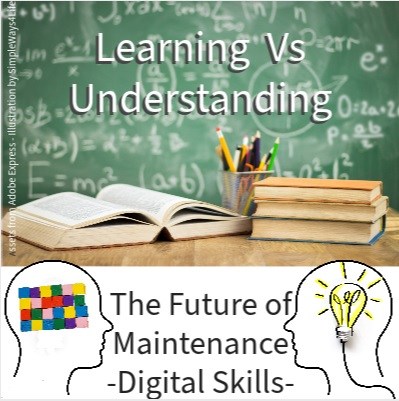In my previous article, I explored how free AI tools, like ChatGPT, can transform maintenance tasks on an individual scale. I emphasized that these tools are not corporate-level AI solutions but personal assistants designed for quick, on-the-spot jobs. The article discussed what free tier of AI tools can do. They can analyze large PDFs, extract relevant information, and assemble troubleshooting or maintenance guides from your own documents. I also touched on using multiple AI assistants to analyze maintenance data and generate insightful reports. We need to keep in mind that the maintenance professional remains responsible for the correctness and relevance of the recommendations.
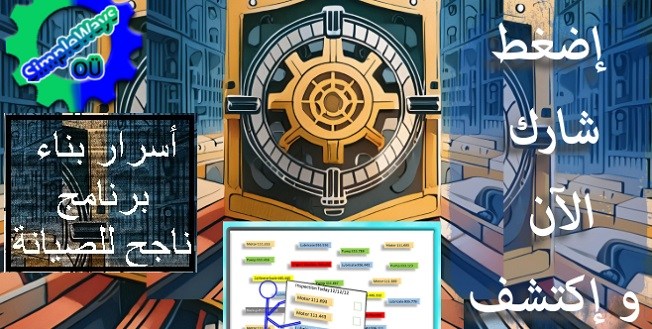
CUSTOMPRICE-TO2JAN26
The deep details and step-by-step applications are part of my Udemy course – Secrets of Maintenance Program -, where I dive deeper into these topics and provide hands-on training. Today, I want to take this discussion further and explore how new AI Agents -Assistance – like DeepSeek, can offer more, different, or even better solutions for maintenance professionals who need on-the-spot help. More AI tools to come will widen the landscape of AI personal assistance. In same manner as Social media grew from Myspace to TikTok. Let’s dive in!
Ready to transform your mindset? Click and Get your copy > Now For Sale on Simpleways.life & Amazon
Benefits of Multiple AI Models for Humans
Specialization & Expertise – Different AI models can be optimized for different tasks. For example, some models specialize in coding, while others excel at generating art, composing music, or providing medical insights. Even if we see them all equal at a non-deep-professional usage, they vary in between them as we are going to see today. This depends on how they were trained and the vision for each one.
Diversity of Thought & Perspective – Having multiple AI models trained with different methodologies, datasets, and ethical considerations reduces bias and offers diverse perspectives on problems. Like having many friends to ask. Moreover this will be more beneficial when we have different AI models generated by teams from different cultures.
Redundancy & Reliability – Relying on a single AI system creates a risk of failure if that model is flawed or biased. Multiple AI models allow for cross-validation and error correction.
Personalization – Different people have different needs. Multiple AI models allow for customized assistance tailored to industries, professions, and individual preferences.
Competition & Innovation – When multiple AI models exist, developers are motivated to push the boundaries of performance, safety, and efficiency, driving continuous improvement in AI technology.
Security & Privacy – A diverse AI ecosystem reduces the risk of monopolization, ensuring that power is not concentrated in a single entity. This promotes fairer access and better security practices.

CUSTOMPRICE-TO2JAN26
What This Means for the Future of AI
- More Advanced AI Systems – Having many AI models fosters rapid development of more intelligent, capable, and efficient systems.
- Interoperability – AI models will work together – hopefully for the highest good of humanity – , creating networks of specialized AIs that collaborate to solve complex problems.
- Ethical & Responsible AI – A diverse AI landscape encourages the development of transparent and fair models, reducing biases and ensuring ethical AI practices.
- AI as a Partner, Not Just a Tool – Future AI models may act as independent assistants, capable of proactive decision-making and collaboration with humans in a more natural way.
- Decentralized AI – Instead of a few dominant AI providers, we may see a broader distribution of AI capabilities, enabling more open and accessible AI for everyone.
Ultimately, having many AI models enhances human productivity, creativity, and problem-solving while paving the way for a more intelligent and adaptable AI-driven future. So let’s compare two popular AI assistance and see how they see themselves compared to the other.

CUSTOMPRICE-TO2JAN26

CUSTOMPRICE-TO2JAN26
What is claimed to make DeepSeek a better option?
DeepSeek is another AI assistant; it’s claimed to be a specialized tool designed to handle complex, technical tasks with ease. While ChatGPT excels at general-purpose tasks, DeepSeek is built to dive deeper into technical domains, making it an ideal companion for maintenance professionals. This capability is available in the free tier, making it accessible to individual users. Here’s what they say it sets DeepSeek apart:
- Technical Depth: DeepSeek is optimized for technical and engineering tasks. It can understand and process complex maintenance manuals, schematics, and technical jargon with precision.
- Real-Time Data Integration: DeepSeek can integrate with real-time data sources, such as IoT sensors or SCADA systems, to provide up-to-the-minute insights into equipment health. However, that’s not for free and not for everyone to apply. This feature typically requires a premium subscription and some IT expertise to set up. For maintenance team members without IT skills, DeepSeek’s free tier still allows you to upload static data (like CSV files) for analysis, which can be a great starting point.
- Customizable Workflows: DeepSeek allows you to create custom workflows tailored to your specific maintenance needs. Whether you’re troubleshooting a CNC machine or analyzing HVAC system data, DeepSeek can adapt to your workflow. Basic workflow customization is available for free, but advanced features may require a premium plan.
- Enhanced Multimodal Capabilities: DeepSeek can process not just text but also images, diagrams, and even video inputs. This feature is available in the free tier, making it incredibly useful for tasks like identifying faulty components from images or interpreting complex schematics.
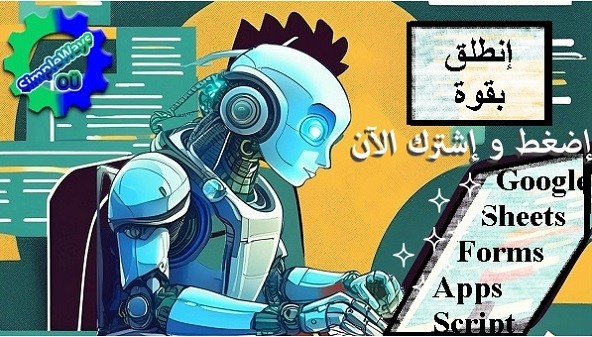
CUSTOMPRICE-TO2JAN26
How ChatGPT claims its superiority to Deepseek?
When asking ChatGPT to compare ChatGPT to DeepSeek from the perspective of helping maintenance practitioners on a personal level (using the free tier), ChatGPT claims superiority in several ways:
Broader Knowledge Base & Versatility: ChatGPT is trained on a vast and diverse dataset, making it more versatile in assisting maintenance practitioners across different industries (e.g., mechanical, electrical, HVAC, automotive, etc.). It provides step-by-step troubleshooting guidance, explanations of technical concepts, and general problem-solving strategies that adapt to user needs.
Better Natural Language Understanding & Communication: ChatGPT excels in understanding and generating natural language, making it easier for practitioners to describe their issues and receive clear, well-structured responses. This is especially helpful when explaining complex maintenance problems in simple terms.
More Interactive & Personalized Assistance: ChatGPT can remember the context within a conversation (to some extent in free-tier mode) and refine answers based on follow-up questions – Tried this personally -. You can try this by asking it to give you a reference to continue talk in a new chat session about same topic. So, Maintenance practitioners can iterate on troubleshooting steps without needing to re-explain their situation every time.

CUSTOMPRICE-TO2JAN26
DeepSeek Vs ChatGPT in Action: Real-World Scenario
Let’s look at some realistic scenarios where a pump suddenly stops working or its vibration increased. You have the maintenance manual, but it’s 160 pages long, and you need a quick solution. Here’s how AI agent can help:
- Step 1: Upload the hydraulic system manual.
- Step 2: Ask it about what this manual includes. It should analyze the manual and highlights what sections include
- Step 3: The ask it to find the reasons suggesting possible causes and solutions. It should come up with something like a clogged filter or a faulty pressure relief valve.
- Step 4: Then it need to provide step-by-step instructions for checking and replacing the suspected components.
The result was in favor of ChatGPT. Here is the experiment, I did. I uploaded to both of them a pump manual of about 7.7MB and around 160 pages. ChatGPT uploaded all and answered questions and found me specific data. Deepseek, uploaded 81% of same file saying “Length limit reached. DeepSeek can only read the first 81%.” and then summarized the file in a good way as ChatGPT did. But in the next question Deepseek gave “The server is busy. Please try again later.” and any question on new chats using this account gave same response. However it was fine working on another account on same computer
Ready to transform your mindset? Click and Get your copy > Now For Sale on Simpleways.life & Amazon
The Future of AI in Maintenance
As AI continues to evolve, tools like DeepSeek will become even more integral to the maintenance profession. Imagine a future where AI assistants can:
- Autonomously Monitor Equipment: AI could continuously monitor equipment health and automatically schedule maintenance before failures occur.
- Augmented Reality (AR) Integration: AI could guide you through repairs using AR glasses, overlaying instructions directly onto the equipment.
- Voice-Activated Assistance: You could simply speak to your AI assistant, asking it to diagnose issues or provide step-by-step repair instructions.
The possibilities are endless, and the future is bright for maintenance professionals who embrace these technologies.
Conclusion
Having many AI models fosters rapid development of more intelligent, capable, and efficient systems. Future wise, AI models will work together – hopefully for the highest good of humanity – , creating networks of specialized AIs that collaborate to solve complex problems. This can happen due to acquisition. However, a diverse AI landscape encourages the development of transparent and fair models, reducing biases and ensuring ethical AI practices.
Future AI models may act as independent assistants, capable of proactive decision-making and collaboration with humans in a more natural way.
And at then of the day – Instead of a few dominant AI providers, we may see a broader distribution of AI capabilities, enabling more open and accessible AI for everyone.
If you feel you need help with any of these ideas we discussed, request a Management Consultancy or Coaching Services From our Store

